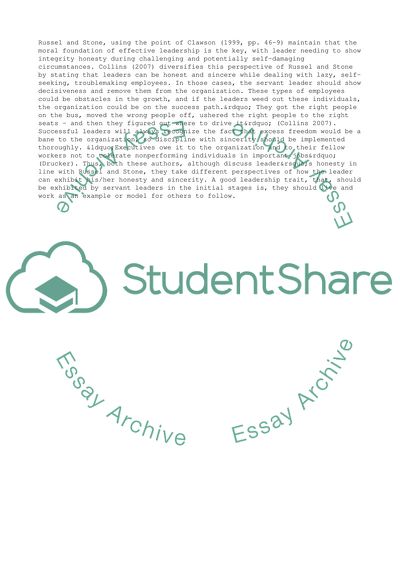Cite this document
(Russell and Stones Views on Servant Leadership Essay, n.d.)
Russell and Stones Views on Servant Leadership Essay. Retrieved from https://studentshare.org/business/1736684-critique-of-leadership-as-by-russel-stone
Russell and Stones Views on Servant Leadership Essay. Retrieved from https://studentshare.org/business/1736684-critique-of-leadership-as-by-russel-stone
(Russell and Stones Views on Servant Leadership Essay)
Russell and Stones Views on Servant Leadership Essay. https://studentshare.org/business/1736684-critique-of-leadership-as-by-russel-stone.
Russell and Stones Views on Servant Leadership Essay. https://studentshare.org/business/1736684-critique-of-leadership-as-by-russel-stone.
“Russell and Stones Views on Servant Leadership Essay”, n.d. https://studentshare.org/business/1736684-critique-of-leadership-as-by-russel-stone.


